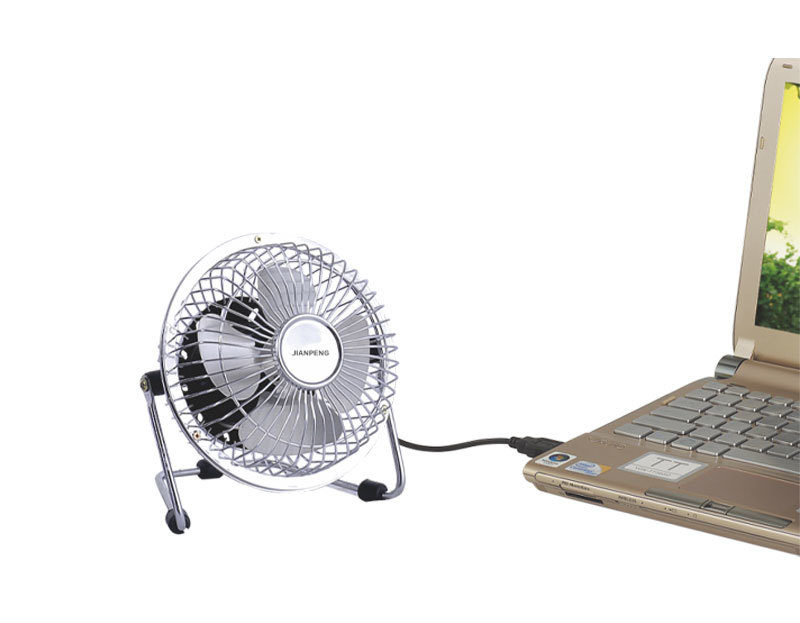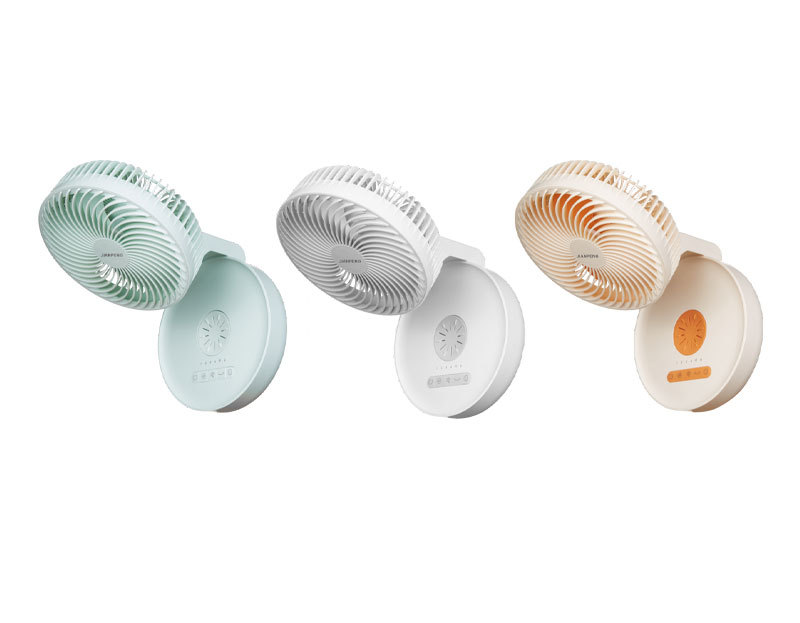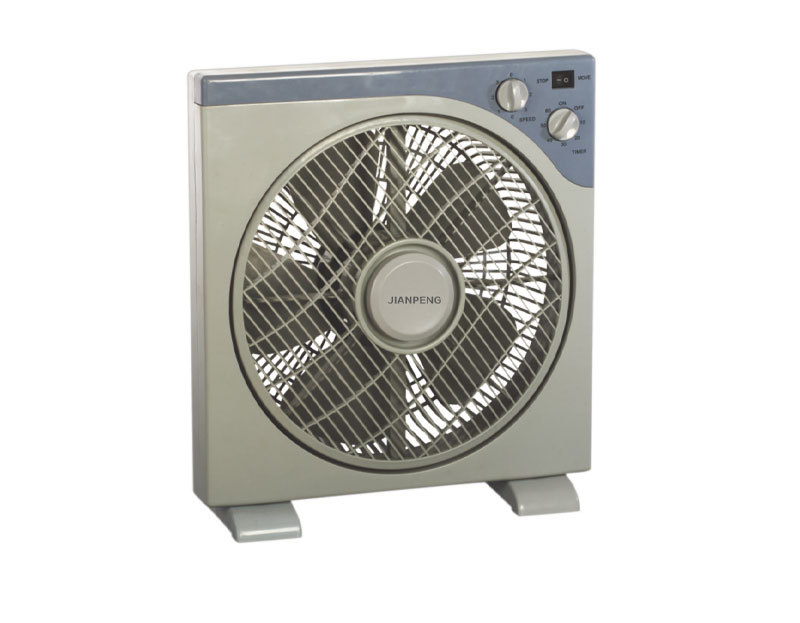News Center
2025-06-13
The Quiet Revolution: Exploring Noise Levels in OEM USB Powered Fans
OEM, or Original Equipment Manufacturer, USB powered fans have carved a niche in the market for their convenience and portability. These fans can be easily powered through USB ports on computers, laptops, and even power banks, making them ideal for various settings, from home offices to outdoor activities. One of the most appealing aspects of these fans is their ability to provide cooling without the bulk and noise associated with traditional fans.
Understanding the Importance of Noise Levels
The noise level of a fan is a crucial factor that significantly influences user experience. For individuals working in quiet environments, such as home offices or libraries, loud fans can become a major distraction. Hence, understanding the noise levels produced by OEM USB powered fans is vital for ensuring a peaceful and productive atmosphere. Let’s dive deeper into why noise levels matter when selecting a fan.

1. The Impact of Noise on Productivity
Studies have shown that excessive noise can hinder concentration and productivity. In environments where focus is essential, a quiet fan can significantly improve work efficiency. Therefore, opting for a fan with lower noise levels can enhance not only comfort but also overall work performance.
2. Personal Comfort and Well-being
In addition to productivity, the noise level of a fan can impact personal comfort. Many users prefer a soothing background hum rather than disruptive noises that can cause stress. A fan that operates quietly can contribute to a more relaxing environment, making it an essential factor for user satisfaction.
How OEM USB Powered Fans Work
OEM USB powered fans operate using a simple mechanism. When connected to a USB port, they draw power to spin their blades and circulate air. Various designs and technologies are employed to optimize airflow while minimizing noise. The intricate balance between performance and sound output is what makes some models stand out.
1. Blade Design and Material
The design and material of the blades play a significant role in determining the noise levels of a fan. Fans equipped with aerodynamic blades tend to produce less noise while efficiently moving air. High-quality materials can also reduce vibrations, further minimizing sound output.
2. Motor Technology
The motor technology used in OEM USB powered fans greatly influences their noise levels. Brushless DC motors, for instance, operate more quietly than traditional AC motors and enhance energy efficiency. When choosing a fan, it’s crucial to consider the type of motor it employs.
Measuring Noise Levels in Fans
Noise levels in fans are typically measured in decibels (dB). Understanding how to interpret these measurements can aid consumers in selecting the right fan for their needs. Generally, noise levels below 30 dB are considered whisper-quiet, ideal for personal spaces where silence is necessary.
1. Decibel Scale Explained
The decibel scale is logarithmic, meaning that a small increase in dB can represent a significant increase in perceived loudness. For instance, a fan operating at 20 dB will sound approximately half as loud as one operating at 30 dB. This scale is essential for users seeking ultra-quiet operation.
2. Real-World Examples
To provide context, a quiet library may register around 40 dB, while a standard conversation can be around 60 dB. Therefore, a fan producing noise at 25 dB or below would be suitable for use in such environments, ensuring minimal disruption.
Factors Affecting Noise Levels in USB Fans
Several factors influence the noise levels of OEM USB powered fans. Understanding these elements can guide consumers in making informed purchasing decisions. Here are the key factors to consider:
1. Fan Size and Design
Typically, larger fans can move more air and may operate at lower speeds, resulting in quieter performance. However, design also plays a critical role, as more streamlined fans can reduce turbulence and noise.
2. Speed Settings
Many USB powered fans come with multiple speed settings, allowing users to choose their desired airflow while managing noise levels. Operating at lower speeds typically reduces noise, making it ideal for nighttime use or quiet work environments.
3. Maintenance and Build Quality
A well-maintained fan produces less noise. Dust and debris can accumulate in the motor and blades, leading to increased noise. High-quality construction also contributes to quieter operation, as inferior materials may vibrate more, creating unnecessary sound.
Comparing Noise Levels of Different Models
When shopping for OEM USB powered fans, it’s essential to compare noise levels across different models. Many brands display noise level specifications on their packaging or product descriptions, making it easier for consumers to make side-by-side comparisons.
1. High-End vs. Budget Options
High-end OEM USB fans often utilize advanced technologies and materials, resulting in quieter operation compared to budget models. While budget fans may save money upfront, they may not deliver the same level of noise control, which could lead to dissatisfaction in quiet environments.
2. User Reviews and Feedback
User reviews can provide insights into real-world performance, including noise levels. Look for feedback that mentions noise, as this can give you a clearer picture of how a fan performs in various settings.
Choosing the Right OEM USB Powered Fan for You
Choosing the ideal OEM USB powered fan requires careful consideration of your specific needs. Here are some steps to help you select the right model:
1. Assess Your Environment
Consider where you’ll be using the fan. For quiet spaces like bedrooms or offices, look for models with lower noise ratings. If you need a fan for a bustling environment, you may prioritize airflow over noise.
2. Determine Your Cooling Needs
Evaluate how much airflow you require. If you need a fan for focused, direct cooling, a smaller model may suffice. For broader airflow, consider larger fans with higher RPM (revolutions per minute) ratings that can still maintain quiet operation.
3. Look for Additional Features
Some OEM USB powered fans come with features such as oscillation, timer settings, or remote controls. These additional functionalities can enhance user experience and convenience, making them worth considering.
The evolution of OEM USB powered fans represents a quiet revolution in personal cooling solutions. Understanding noise levels is crucial for ensuring a comfortable and productive environment. By considering factors such as fan design, motor technology, and individual needs, consumers can make informed choices that enhance their daily lives. As we continue to navigate a world increasingly reliant on personal comfort, finding the right OEM USB powered fan has never been more critical. Embrace the quiet revolution and enjoy the perfect blend of cooling and tranquility.
Related News
Contact Information
 sales01@gdjianpeng.com
sales01@gdjianpeng.com
 86-0757-26323793
86-0757-26323793
 http://www.gdjianpeng.com/
http://www.gdjianpeng.com/
 No.19 shuikou Cang, Chongyuan Industrial Zone, Xincun, Beijiao Town, Shunde District, Foshan city, Guangdong Province
No.19 shuikou Cang, Chongyuan Industrial Zone, Xincun, Beijiao Town, Shunde District, Foshan city, Guangdong Province
Copyright © 2022 Foshan Shunde Jianpeng Industrial Co., LTD.
Powered by:300.cn Shunde SEO

 Language
Language 










 18923212913
18923212913  sales01@gdjianpeng.com
sales01@gdjianpeng.com  18923212913
18923212913  Message
Message 